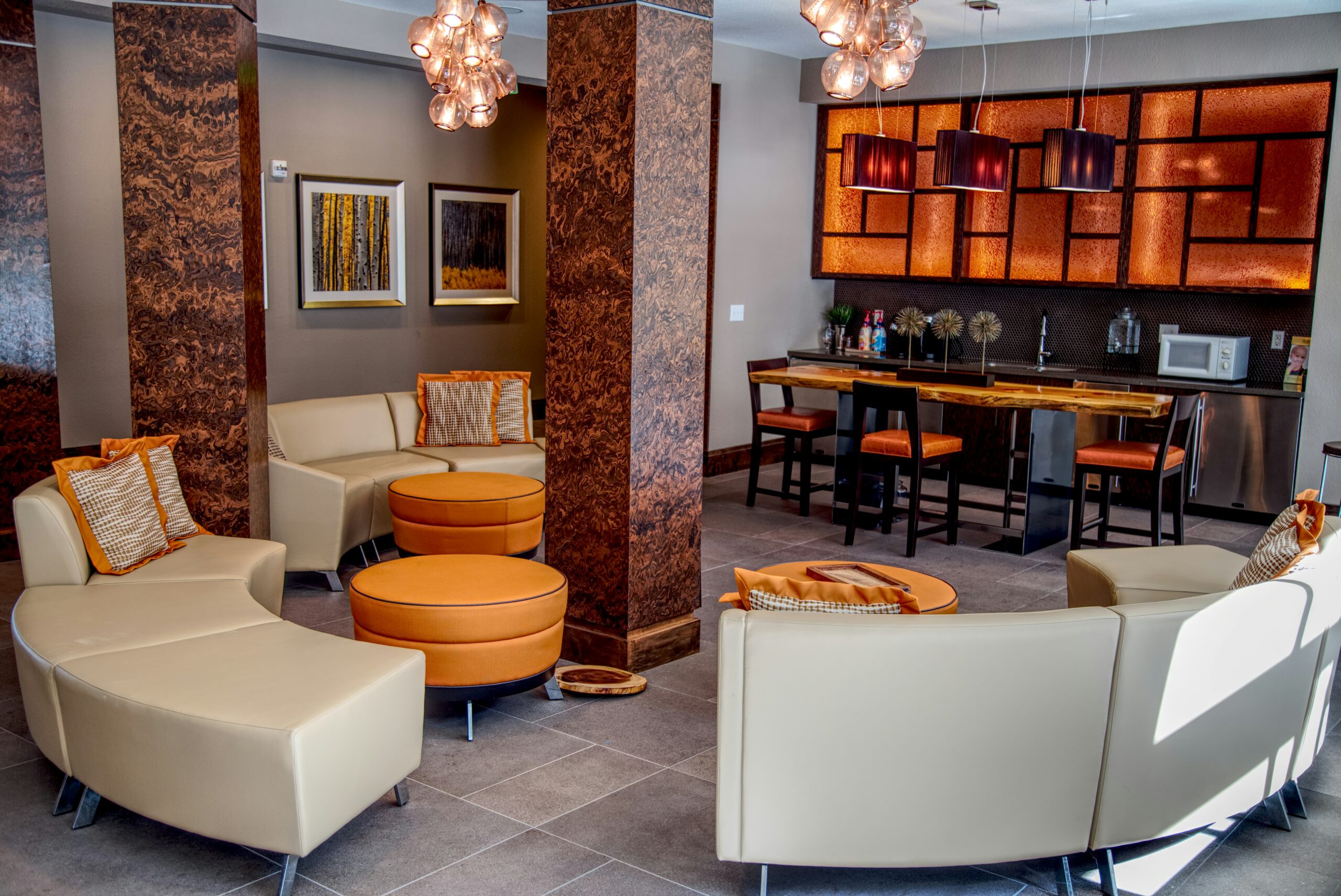Living in a co-living space in Singapore offers a unique blend of community, convenience, and flexibility, making it an appealing choice for many young professionals and digital nomads. For someone living in a modern co-living facility, the experience is one of shared spaces, social interactions, and a balance between work and leisure. Let’s walk through a typical day in the life of a co-living resident in this vibrant city-state.
Morning Routine: Wake-Up to a Vibrant Atmosphere
As the morning sun rises over the skyline, a resident of a co-living space in Singapore begins their day. The living quarters are typically compact yet cozy, with stylish interiors designed for comfort and functionality. Many co-living spaces in Singapore are equipped with smart technology, making it easy to control lighting and temperature through an app.
After waking up, residents head to the shared kitchen area to prepare breakfast. The smell of freshly brewed coffee and toasted bread fills the air as people start to gather in the common space. It’s a perfect time to strike up casual conversations with housemates—some might be early risers like you, while others might be winding down from their late-night work shifts. Co-living spaces foster a sense of community, making interactions more organic and engaging.
Morning Work Session: The Co-Working Space
By 9 AM, it’s time to get to work. Many co-living spaces in Singapore are designed with remote professionals and entrepreneurs in mind, so there’s usually a dedicated co-working area. Equipped with high-speed Wi-Fi, comfortable workstations, and meeting rooms, these spaces allow residents to be productive while remaining connected to the community.
You may find other residents working on their laptops, attending virtual meetings, or collaborating on projects. Some may be digital nomads handling tasks for clients from all over the world, while others are start-up founders discussing ideas for their next big pitch. The co-working area is a dynamic and inspiring environment, perfect for those who thrive on collaboration and creativity.
Lunch Break: Community Bonding
Around noon, the workday slows down as the lunch break arrives. Co-living spaces typically organize social lunches, with residents either preparing meals together in the communal kitchen or heading out to nearby food courts, which are a hallmark of Singapore’s culinary landscape. The diverse mix of cultures in a co-living space ensures that lunch conversations often revolve around food from around the world, making every meal an opportunity to learn about different cuisines and customs.
On a typical day, you might sit with fellow residents from different countries, chatting about the latest happenings in Singapore, or discussing the challenges of living in a foreign city. Co-living fosters a sense of global community, where you’re never too far from engaging in new conversations with people who have similar professional or personal interests.
Afternoon: Flexibility and Exploration
The afternoon is often the most flexible part of the day. Some residents continue their work in the co-working space, while others may use the opportunity to explore the city. Singapore is a compact but exciting city, offering everything from lush parks and beaches to bustling neighborhoods and historical landmarks. With the co-living space providing the flexibility of shorter-term leases, it’s easy for residents to head out and enjoy Singapore’s rich cultural offerings without being tied down.
For instance, you may decide to take a break from work and visit a nearby park for a stroll, or grab a coffee at a trendy café. Whether it’s networking with fellow co-living residents or simply enjoying some alone time, afternoons offer an excellent opportunity to balance work with personal exploration.
Evening: Social Activities and Networking
As the day winds down, co-living spaces often host social events, such as movie nights, yoga sessions, or happy hours. These activities are designed to bring residents together, allowing them to relax and connect on a more personal level. After a long day of work, joining a community event is a great way to unwind and make new friends.
Alternatively, some residents might head out to one of Singapore’s vibrant nightlife districts, while others may prefer staying in and socializing in the common lounge or garden areas of the co-living space. Whether you’re looking for a quiet evening or a lively social gathering, co-living spaces offer the flexibility to choose.
Nighttime: A Restful and Cozy Retreat
As the night sets in, co-living residents retreat to their private rooms, which are designed to be both functional and comfortable. The rooms typically offer a minimalist aesthetic, with a bed, a desk for work, and storage for personal belongings. After a busy day of work and socializing, it’s time to wind down. Some might opt for a night of reading or binge-watching their favorite series on Netflix. Others may use this time to catch up with family or friends via video call.
For many, the shared living experience fosters a sense of belonging and security, making it easier to relax and feel at home, even in a foreign city. The close-knit community provides peace of mind, knowing that your neighbors are just a door away, and the communal spaces are always open for socializing whenever you need it.
Conclusion
A day in the life of a co-living resident in Singapore is a harmonious blend of work, play, and connection. Whether it’s enjoying the shared kitchen in the morning, collaborating in the co-working space, or participating in evening social events, the experience of co-living goes beyond just finding a place to stay. It’s about fostering community, creating lasting friendships, and enjoying the flexibility and support of a modern lifestyle that is ideal for young professionals and digital nomads in the bustling city of Singapore.


